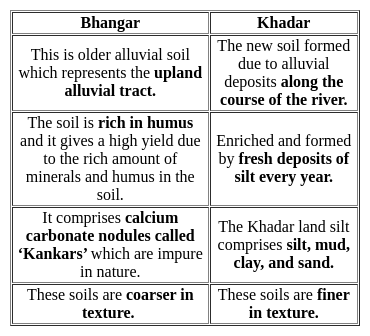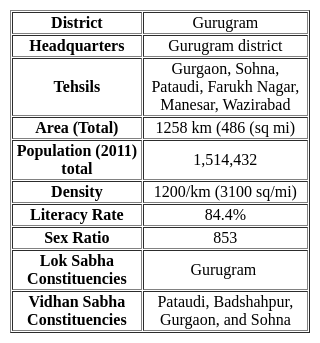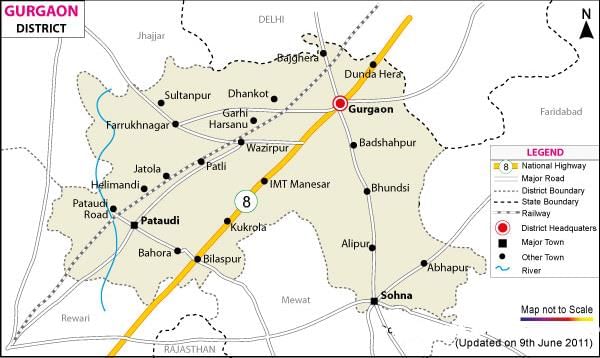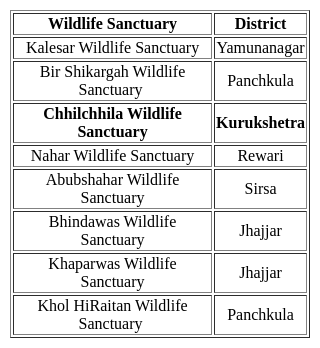Software Development Exam > Software Development Tests > Test: Geography - I - Software Development MCQ
Test: Geography - I - Software Development MCQ
Test Description
20 Questions MCQ Test - Test: Geography - I
Test: Geography - I for Software Development 2025 is part of Software Development preparation. The Test: Geography - I questions and answers have been prepared
according to the Software Development exam syllabus.The Test: Geography - I MCQs are made for Software Development 2025 Exam.
Find important definitions, questions, notes, meanings, examples, exercises, MCQs and online tests for Test: Geography - I below.
Solutions of Test: Geography - I questions in English are available as part of our course for Software Development & Test: Geography - I solutions in
Hindi for Software Development course.
Download more important topics, notes, lectures and mock test series for Software Development Exam by signing up for free. Attempt Test: Geography - I | 20 questions in 20 minutes | Mock test for Software Development preparation | Free important questions MCQ to study for Software Development Exam | Download free PDF with solutions
Detailed Solution for Test: Geography - I - Question 1
Test: Geography - I - Question 2
With reference to India, Reh, Kallar, Chopan and Rakar are the names of
Detailed Solution for Test: Geography - I - Question 2
Test: Geography - I - Question 3
What type of soil is found on the hills of Morni in the state?
Detailed Solution for Test: Geography - I - Question 3
Detailed Solution for Test: Geography - I - Question 4
Detailed Solution for Test: Geography - I - Question 5
Detailed Solution for Test: Geography - I - Question 6
Test: Geography - I - Question 7
Which of the following National Parks is situated in Gurgaon District?
Detailed Solution for Test: Geography - I - Question 7
Detailed Solution for Test: Geography - I - Question 8
Test: Geography - I - Question 9
In which of the following districts Chhilchhila Wildlife Sanctuary is situated?
Detailed Solution for Test: Geography - I - Question 9
Test: Geography - I - Question 10
Haryana became the 17th state of India in 1966 on the recommendation of which of the following committee?
Detailed Solution for Test: Geography - I - Question 10
Test: Geography - I - Question 11
As per the state of forest report 2021, the tree cover in the state of Haryana is
Detailed Solution for Test: Geography - I - Question 11
Detailed Solution for Test: Geography - I - Question 12
Test: Geography - I - Question 13
The Markanda river does not flow in which of the following district?
Detailed Solution for Test: Geography - I - Question 13
Test: Geography - I - Question 14
Which river is believed to have originated from the Har-ki-Dun glacier in West Garhwal of Haryana ?
Detailed Solution for Test: Geography - I - Question 14
Detailed Solution for Test: Geography - I - Question 15
Test: Geography - I - Question 16
Which one of the following rivers in Haryana is now become extinct?
Detailed Solution for Test: Geography - I - Question 16
Test: Geography - I - Question 17
Which of the given rivers is a tributary of the Ghaggar River?
Detailed Solution for Test: Geography - I - Question 17
Test: Geography - I - Question 18
The Haryana canal and Drainage Act, was passed in which year for providing all the water irrigation services?
Detailed Solution for Test: Geography - I - Question 18
Detailed Solution for Test: Geography - I - Question 19
Test: Geography - I - Question 20
Which among the following lake is present in Gurugram district?
Detailed Solution for Test: Geography - I - Question 20
Information about Test: Geography - I Page
In this test you can find the Exam questions for Test: Geography - I solved & explained in the simplest way possible.
Besides giving Questions and answers for Test: Geography - I, EduRev gives you an ample number of Online tests for practice
Download as PDF























